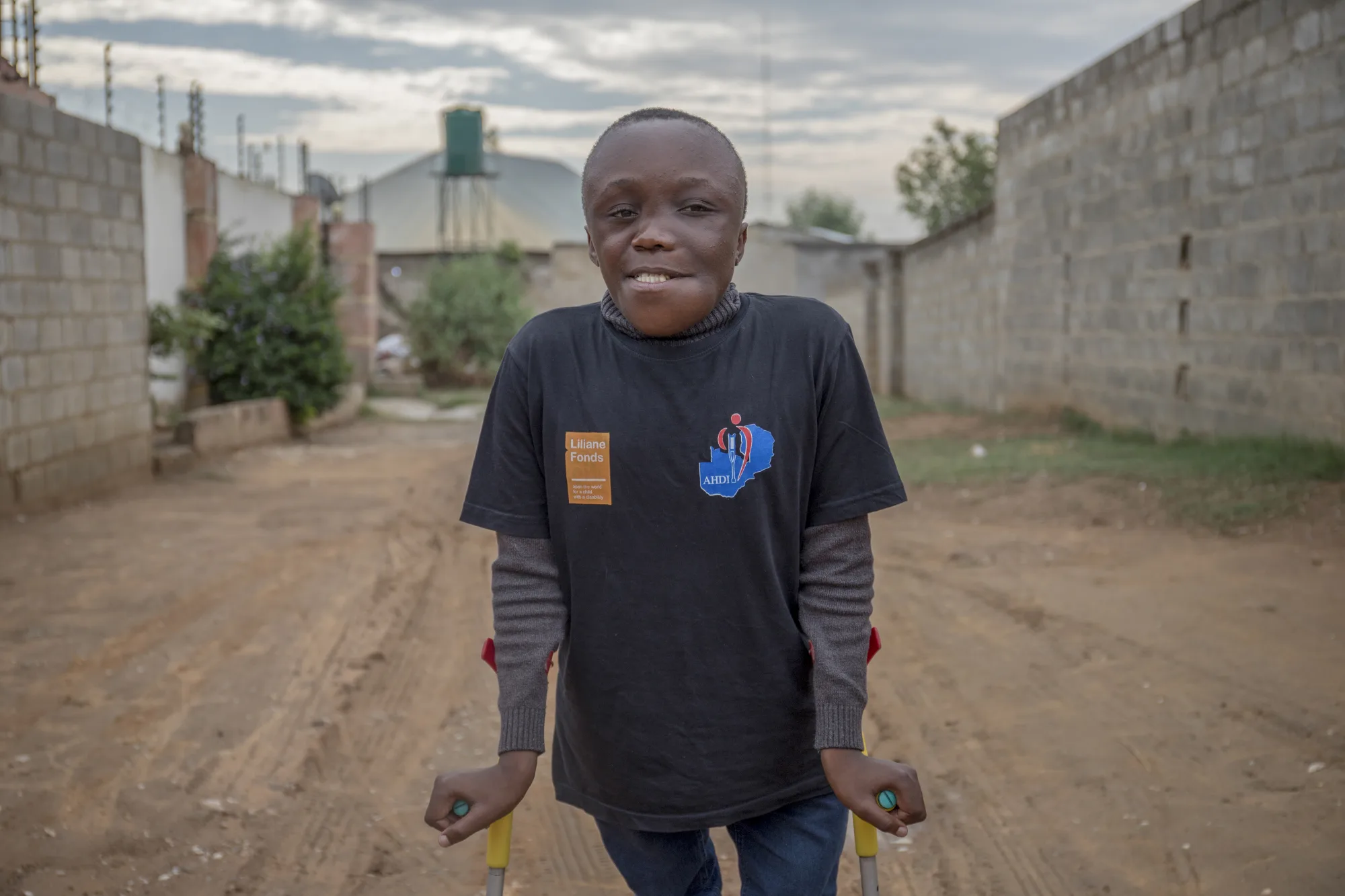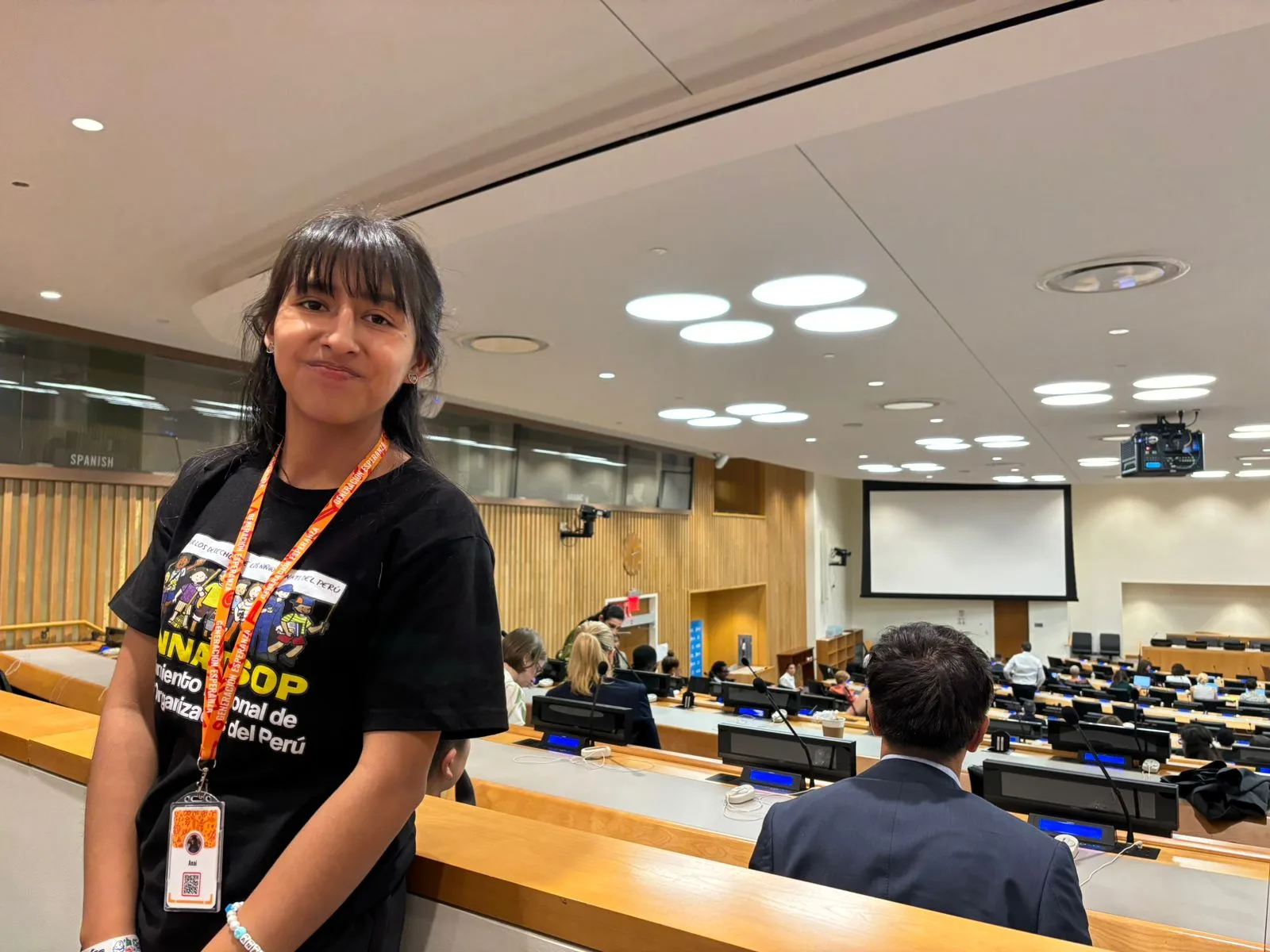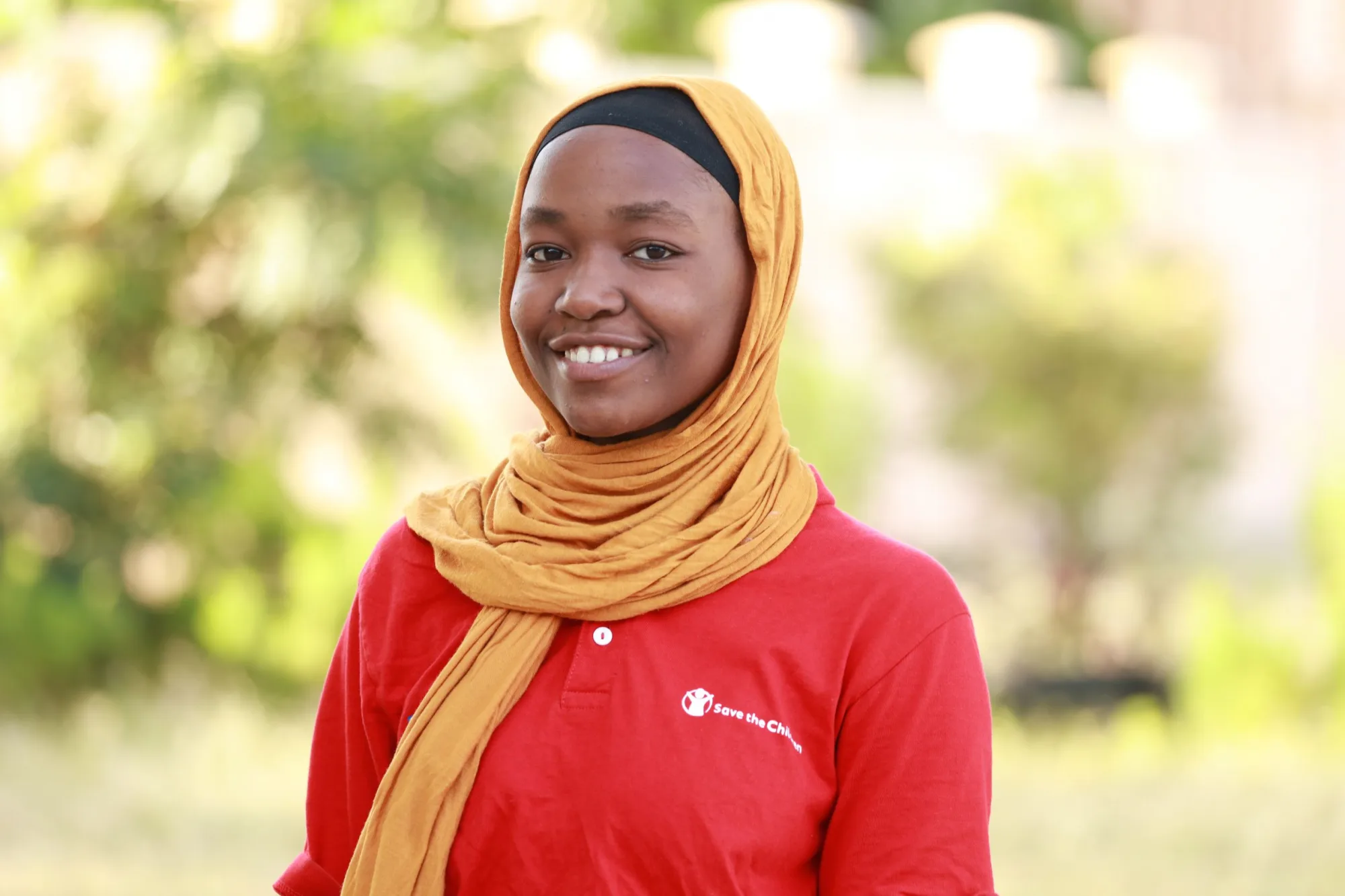Why do human rights matter?
Everyone, everywhere, has rights.
It doesn’t matter what country you were born in, what race you are, if you were raised in a particular religion, have a disability, or identify as part of the LGBT+ community. We all have rights.
In order to protect these rights – and people’s ability to challenge their country’s government if they believe their rights are not being met or upheld – the United Nations signed into being the Universal Declaration of Human Rights (UDHR) on December 10, 1948.
That’s also why every December 10, we celebrate Human Rights Day – to recognize the anniversary of the UDHR and what it means for every person around the world.
It’s important to note though, that while the UDHR is perhaps the most important document for human rights in existence, there are some rights – specific only to children – that it doesn’t cover, which to the creation of the Declaration of the Rights of the Child in 1954, and the Convention on the Rights of the Child in 1989.
To celebrate Human Rights Day for 2024, we’re putting the spotlight on three children who are campaigning for their rights, and the rights of other children.
“Us children should not be taken for granted.” – Pohamba, 14, Zambia

Pohamba, 14, lives with his mother and his brother in Lusaka, Zambia. He has fibrous dysplasia, a disorder that affects bone growth and bone development.
Pohamba is a climate change and disability advocate. He says that, thanks to Save the Children, his career aspirations have changed; where he used to dream of becoming an accountant, he’s now passionate about children’s rights and healthcare.
“I want to be an advocate for children and people living with [disabilities]. That’s my passion and I hope that I can take it up and really make a difference in people’s lives,” Pohamba says.
Pohamba has decided, because of his newfound passions, he would like to become a doctor while also advocating for disability and climate change at the same time.
As a doctor, he wants to learn more about his disorder – fibrous dysplasia – so that he can better advocate for other youths living with disabilities. As a climate change advocate, he plans on continuing to lead by example, such as picking up trash, so that his community is inspired to act in support of the environment as well.
“Why I campaign is especially because I want to see a better future for people, children and youths, that have a disability,” Pohamba explains. “There are some jobs that require mobility. For those ones, maybe a deaf person can do that job. So, we might try to make the environment sustainable for people that have disabilities and make sure that in every situation we, as people who have disabilities, we have the same chances of acquiring [an] education, of getting a job [like] everyone else. We want to be chosen because of our skills.”
“The future can be changed in the present.” – Anai, 16, Peru

Anai, 16, was born in Andahuaylas, Apurímac, a high Andean region of Peru that has historically been affected by poverty and a lack of access to basic services in rural areas. Her family is Quechua-speaking, a language many speak but few authorities listen to, and because of this, Anai grew up understanding the importance of having a voice.
Since she was 8 years old, Anai helped her family by selling food or different products in markets and fairs. For this reason, at the age of 10, she became involved in the National Movement of Organized Working Children and Adolescents of Peru (MNNATSOP), whose library became a space to meet other children who, like her, wish to change the world.
After several years of activism, Anai was elected the national delegate of the movement she represents. To fulfill this role, she was chosen by her peers to be responsible for the MNNATSOP headquarters in Lima, always with the support of her family. Over these years of activism, she delved into various issues related to children’s rights, such as gender equality and climate change.
Anai has participated in different training activities organized by Save the Children and was chosen to represent many children and adolescents from Peru at the global Summit of the Future in New York.
“I [was] very happy and excited,” Anai says of her experiences in New York. “We want a better world, a dignified world of peace and security” which Anai feels can only be achieved by having governments and world leaders listen to children.
“I am looking forward to… a bright future for many other girls in my community.” – Asia, 17, Tanzania

Asia, 17, who lives in Zanzibar, Tanzania, has been working for several years to campaign for children rights and the fight against violence in the Isles. She is a member of the Save the Children-supported children’s council, where she discusses issues affecting children and advocates for positive change.
“Through the trainings, I have learned and benefited in many ways,” Asia says. “I have gained confidence, as [as] a young girl I was not confident enough to stand in front of people and speak but now I [can] do that with confidence.”
Asia believes children in Zanzibar face a number of challenges, including a lack of understanding about their rights – or that they even have rights – and as such, they sometimes are afraid to report abuse against them. The children’s council works to educate the public, especially those in rural areas, on the importance of protecting children’s rights as well as registering children to participate in the councils.
“We have visited various schools, educating children on their rights… and [how] to report issues of violence. We [also] have been educating parents on the importance of protecting children,” Asia adds.
Asia urges the government to strengthen policies and laws to punish those who have been abusing children.
“My dream is to become a child right lawyer… I am looking forward to my bright future as well as a bright future for many other girls in my community.”


